The long-awaited third-generation Ford Focus RS has taken top spot for the second time in a row for the most-viewed reviews on Autocar for the week ending 29 January. Read below to find out what joined it in the top five.
1 – Ford Focus RS
Taking top spot for the second week in a row is the highly anticipated Ford Focus RS, which we finally got behind the wheel of after numerous teasers and passenger rides. Out at Ford’s test facility in Lommel, Belgium, we got the chance to test the new Focus RS’s much-hyped credentials and, without spoiling the review, it didn’t disappoint.
Equipped with the same turbocharged 2.3-litre Ecoboost engine found in the Ford Mustang, the new hot Focus has 345bhp at its disposal and 325lb ft, which can be increased to 347lb ft on overboost. So power in Ford’s latest hot hatch isn't an issue, but does it have the handling to match?
The new performance Ford creation gives the driver four driving modes to choose from, with Sport and Normal adjusting the ride and handling characteristics, while Track mode gets a bit more serious. But when Drift mode is selected it turns this four-wheel-drive car tail-happy, with 80% of the power being sent to the rear wheels.
Enough spouting on about the headlines, find out how we got on trying to tame this new Focus RS on the track.
2 – Jaguar F-Pace
Another highly anticipated car maintains its place in second on our most read reviews for this week, and it's a change of pace as we get behind the wheel of Jaguar’s first SUV, the Jaguar F-Pace.
This was no grand tour or jaunt on twisting and winding roads, however. Instead, our first taste of the new F-Pace was on a frozen lake in Sweden, equipped with winter tyres, an all-wheel-drive system and Jaguar’s supercharged V6 3.0-litre petrol engine. This was going to be an experience not to forget.
Jaguar has placed the bar very high with the F-Pace by targeting the interior quality of the Audi Q5 and the handling characteristics of the Porsche Macan, the arrival of which pushed the F-Pace’s development progress back, and all while holding onto some of that Jaguar magic.
Read our first thoughts on the Jaguar F-Pace as we tackle the snow and ice in Scandinavia.
3 – Genesis G90
Third in the list is the first vehicle to be produced under Hyundai’s new flagship Genesis brand – the full-sized limousine G90.
This luxury saloon has been designed to take on the German powerhouses that dominate this sector in the Mercedes-Benz S-Class, Audi A8 and BMW 7 Series, but for the time being the G90 is primarily aimed at the American, Middle Eastern and Korean markets, with plans to spread into Europe in due course.

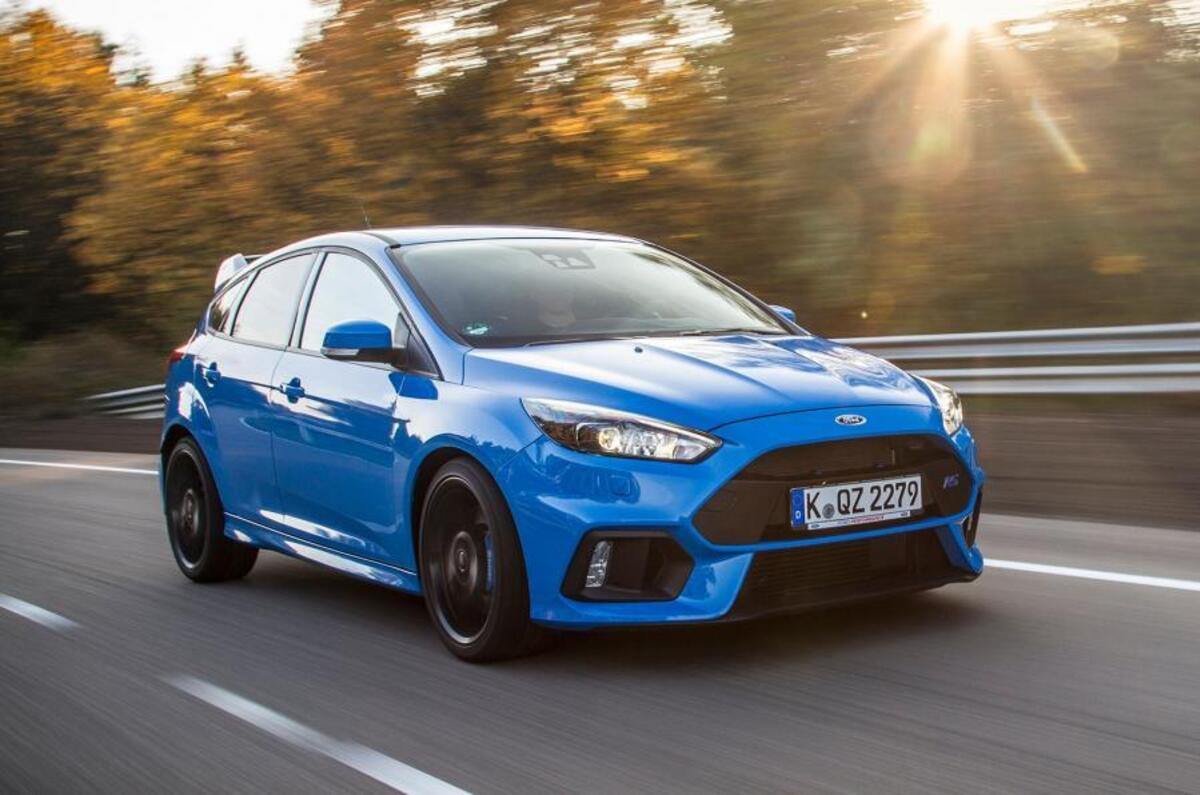
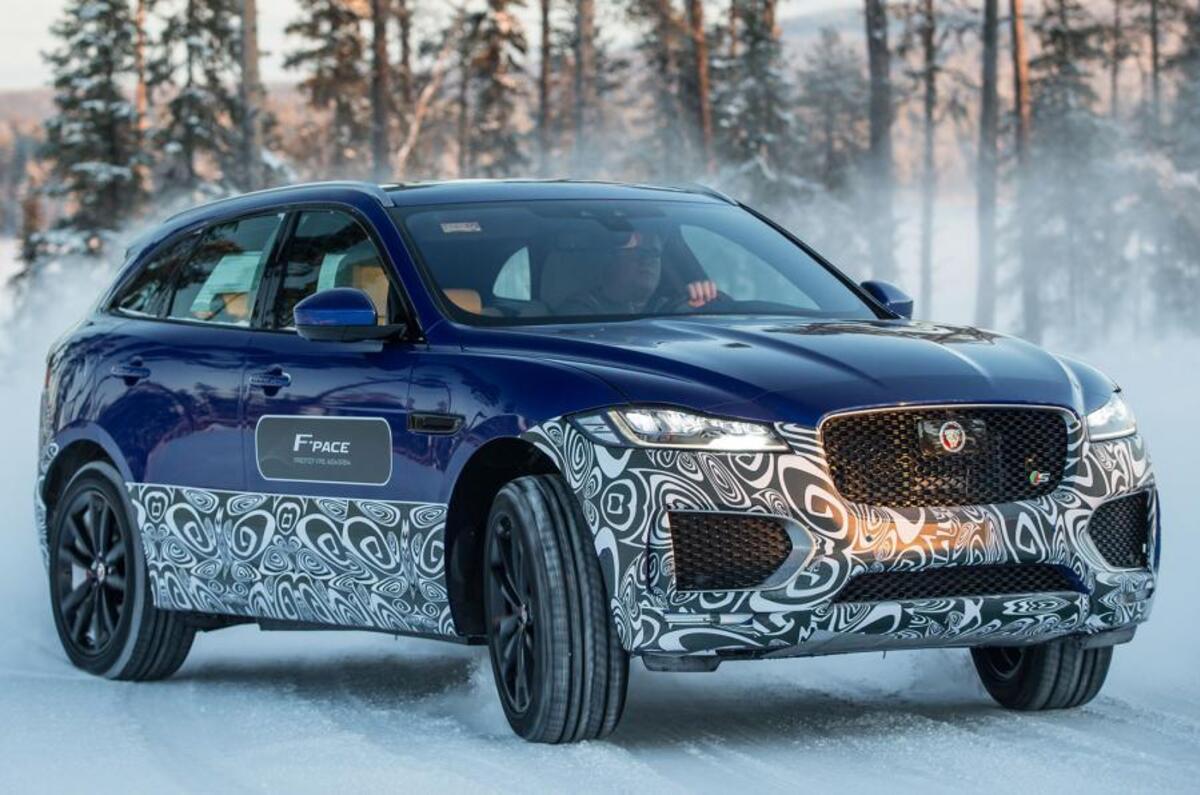
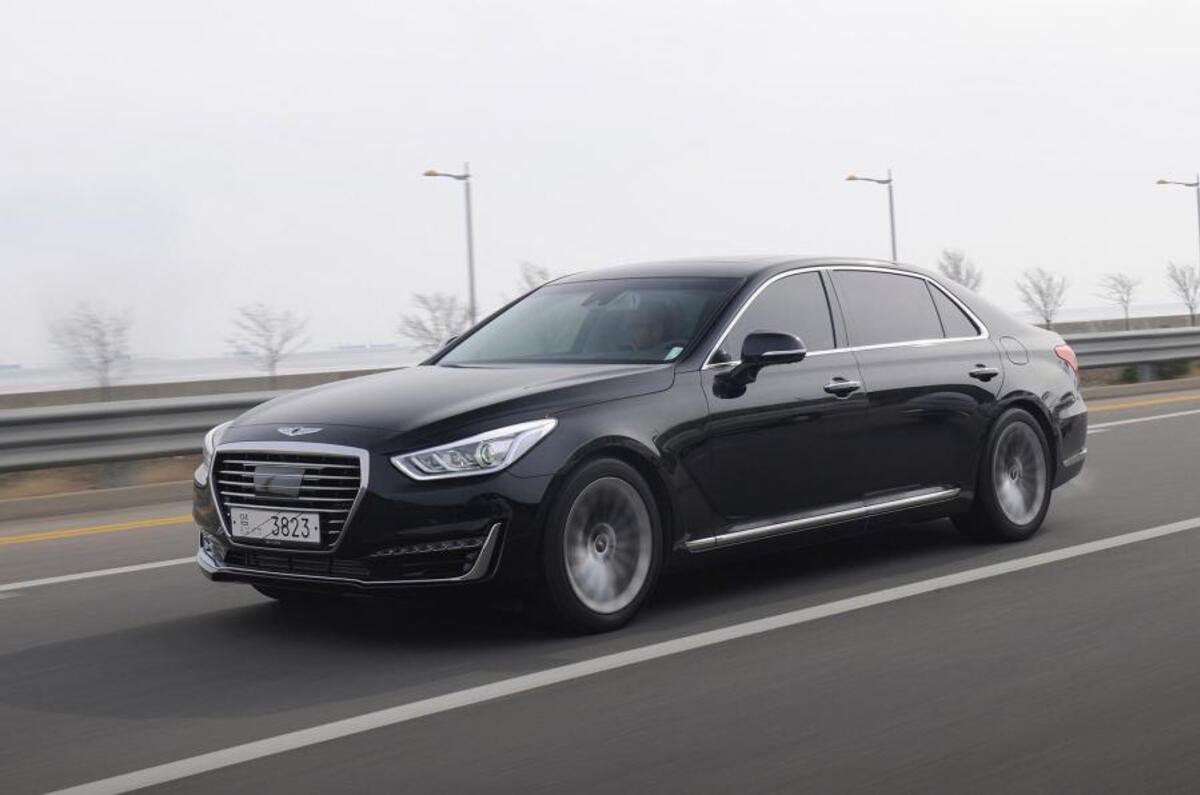
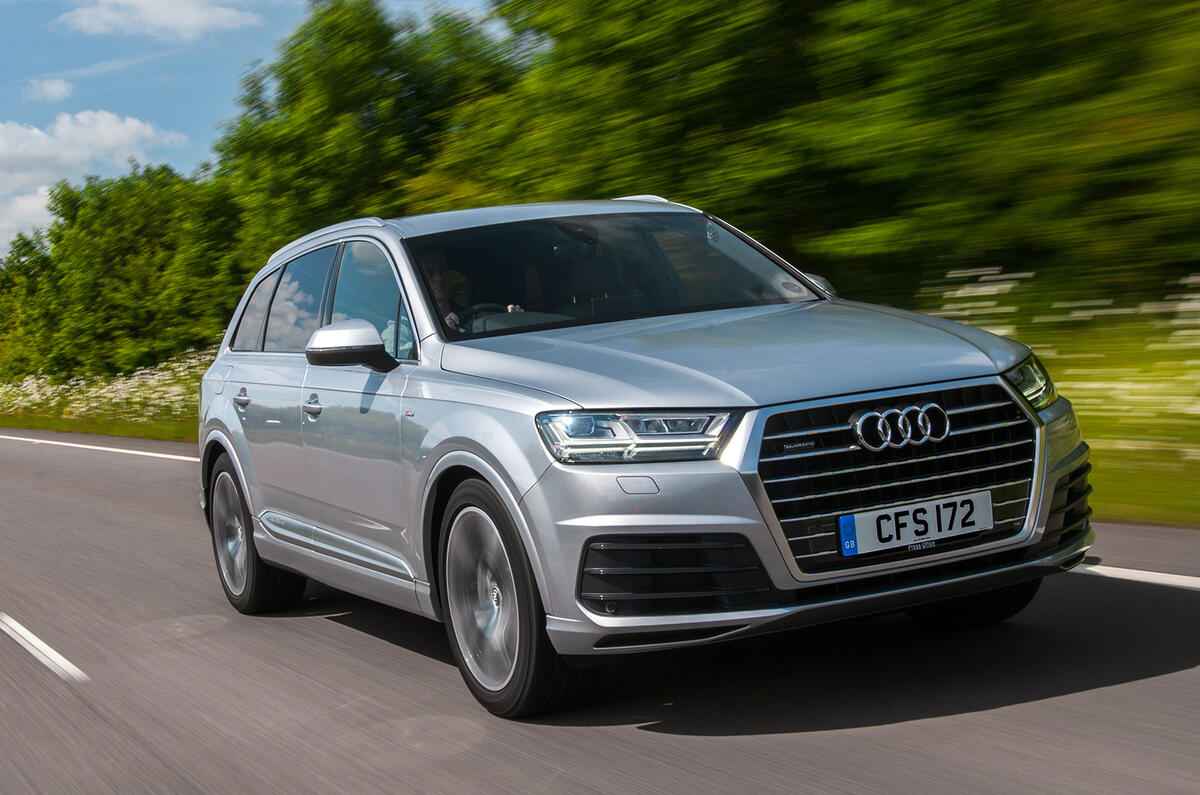
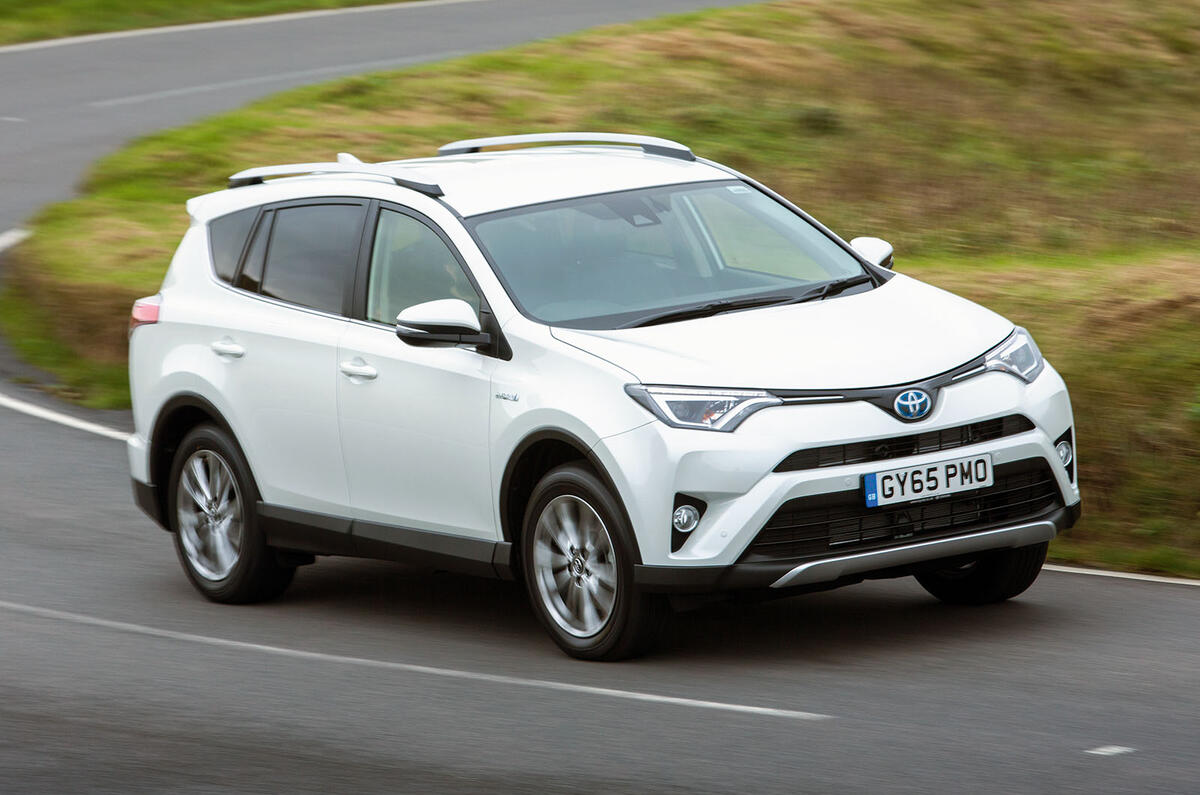



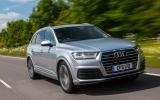
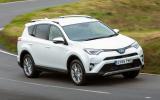


Add your comment